National Parks Near Las Vegas
One of the draws of Las Vegas is its ideal location in the Southwest. With access to a rental car and just a few hours of time, you can reach national parks in California, Arizona, Utah and northern Nevada. These parks are packed with outdoor activities like hiking and rock climbing, but they also offer plenty of opportunities for those who aren’t as active.
With an early start on the day, it is possible to reach these parks and return to Las Vegas in a single day, but be forewarned that you’ll be in for a long day trip. If you have the time and means, you’ll be able to better appreciate each park if arrive early on your first day, spend the night inside or near the park and explore for a few extra hours the next day before heading back to the city.
Grand Canyon National Park
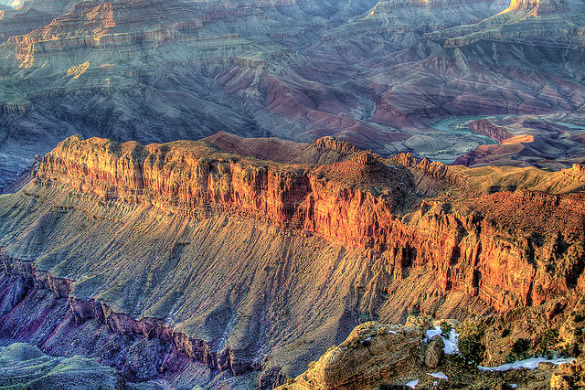
If there’s one park that most people will try to hit when they’re in Las Vegas, it’s Grand Canyon National Park. The canyon is 277 river miles long, up to 18 miles wide and a mile deep. There are two sides to the Grand Canyon, the North Rim and the South Rim. Though both rims are about the same distance from Las Vegas, many people choose to visit the South Rim for a day or overnight trip because there are more things to do. The South Rim is open year round and has two scenic drives, several overlooks and plentiful hiking opportunities. Plan ahead if you’d like to take a mule ride into the canyon. The North Rim is only open from mid-May to mid-October. It offers a few longer hikes and a more relaxed atmosphere than the South Rim.
Distance from Las Vegas: 278 miles to the South Rim, 275 miles to the North Rim
Entrance fee: $25.00 per vehicle or $12.00 per person if entering on foot, bicycle or motorcycle. Pass is valid for entry for seven days on either rim.
Zion National Park
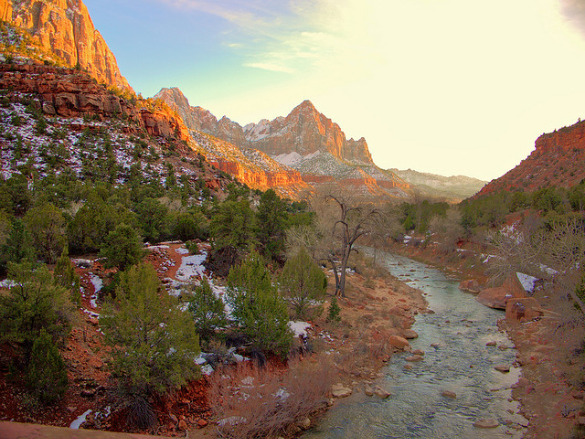
Located in southern Utah, Zion National Park is known for its stark and colorful cliff faces, accessibility and abundance of activities. Many people enjoy day and overnight trips from Las Vegas, which are made easier by the park’s efficient and convenient public transportation system. Zion is a scenic park, which can be enjoyed via the shuttle system or by car, if you’d like to drive toward the eastern entrance of the park. Visitors are welcome to enjoy horseback riding and hiking in the park; many of the trails are short and paved, but there are also several longer, more challenging paths. Seasoned adventure seekers can get backcountry passes for canyoneering and rock climbing.
Distance from Las Vegas: 150 miles
Entrance fee: $25.00 per vehicle or $12.00 per person if entering on foot, bicycle or motorcycle. Pass is valid for entry for seven days.
Bryce Canyon National Park
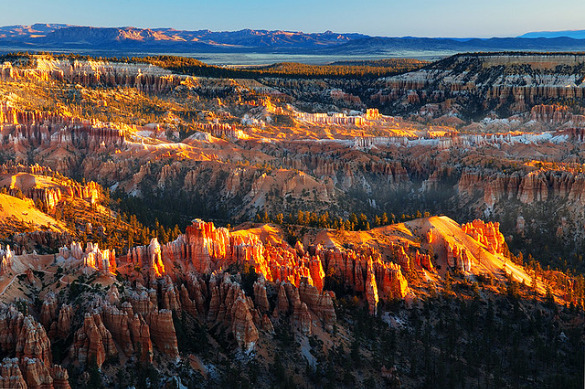
Bryce Canyon’s otherworldly features are hard to describe. The term “canyon” is misleading, as the natural features at this park weren’t actually created by a river but rather a series of freeze-thaw cycles. Visitors to Bryce Canyon can get a feel for the park via a scenic drive through the park, but those who truly want to appreciate the bizarre hoodoos should hike into the canyon or arrange for a horse or mule ride. In the winter, consider strapping on a pair of snowshoes or cross country skis (which can be rented outside the park), and catch the view from the top of the plateau. Bryce Canyon National Park also has several nighttime hikes, which you can enjoy if you choose to stay overnight.
Distance from Las Vegas: 260 miles
Entrance fee: $25.00 per vehicle or $12.00 per person if entering on foot, bicycle or motorcycle. Pass is valid for entry for seven days.
Great Basin National Park
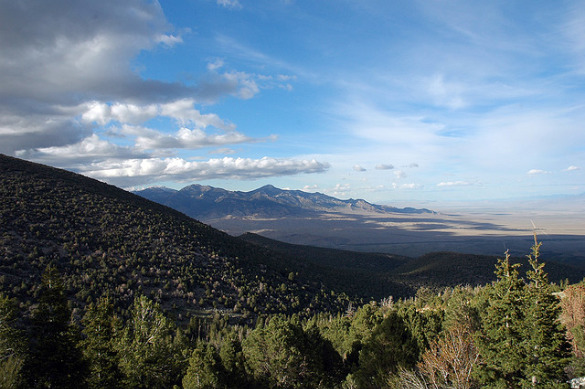
Great Basin National Park is at the end of what has been coined The Loneliest Road in America, though you won’t have to drive Highway 50 to reach it from Las Vegas. Nonetheless, the park is isolated and far from anywhere, making it one of the darkest places in the lower 48 states and a perfect place to marvel at the night sky. Highlights of the park include Wheeler Peak, Nevada’s second highest peak at 13,063 feet, and 5,000-year-old bristlecone pines. This park isn’t packed with stuff to do, but if you enjoy long, leisurely hikes deep in the wilderness and far from other people, then it’s worth the drive to reach Great Basin. A word of warning for those traveling from Las Vegas: This park’s elevation makes it significantly cooler than the valley. Pack warm clothes, especially if you plan to spend the night.
Distance from Las Vegas: 286 miles
Entrance fee: There is no entrance fee for Great Basin National Park.
Death Valley National Park
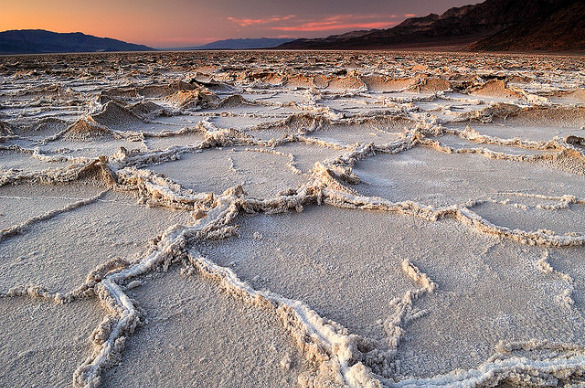
Death Valley National Park is a land of superlatives with the lowest point in the Western Hemisphere, exceedingly dry conditions and hottest temperatures in the country. It is a massive park and is best enjoyed with an overnight stay, but there are several attractions located near Furnace Creek, including sand dunes, Badwater Basin, the Devil’s Golf Course, Zabriskie Point, Artists Drive and several scenic viewpoints, which can be enjoyed in a single day. Scotty’s Castle is another highlight of the park, and if you have access to a four-wheel-drive vehicle, you’ll be able to reach more obscure features as well including The Racetrack, a place where rocks mysteriously move across the desert on their own. Winter is the coolest time to visit the park, though spring and fall also offer comfortable temperatures. Summer can be oppressively hot. Always carry plenty of water in Death Valley.
Distance from Las Vegas: 120 miles
Entrance fee: $20.00 per vehicle or $10.00 per person if entering on foot, bicycle or motorcycle. Pass is valid for entry for seven days.
Joshua Tree National Park
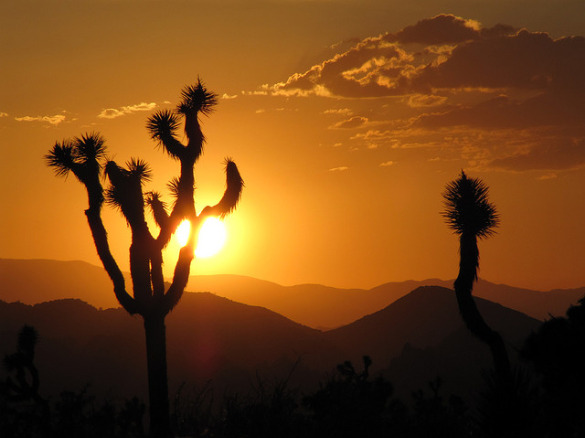
Rock climbers flock to Joshua Tree National Park, which is located in southern California, but a variety of hiking trails, photographic opportunities and bird watching also draw visitors. The park has a rich cultural history and protects 501 archeological sites, 88 historic structures and 19 cultural landscapes. With a day in the park, you’ll be able to explore the landscape via one of 12 self-guided nature trails or one of the park’s longer hikes. Take the time to drive through the park for a look at the diverse ecosystems which harbor a variety of flora and fauna.
Distance from Las Vegas: 215 miles
Entrance fee: $15.00 per vehicle or $5.00 per person if entering on foot, bicycle or motorcycle. Pass is valid for entry for seven days.
Photo credit: Grand Canyon (L.Brumm Photography), Zion (CFBSr), Bryce (Stefan Mendelsohn), Great Basin (informedmindstravel), Death Valley (andrew mace-), Joshua Tree (Chazz Layne)